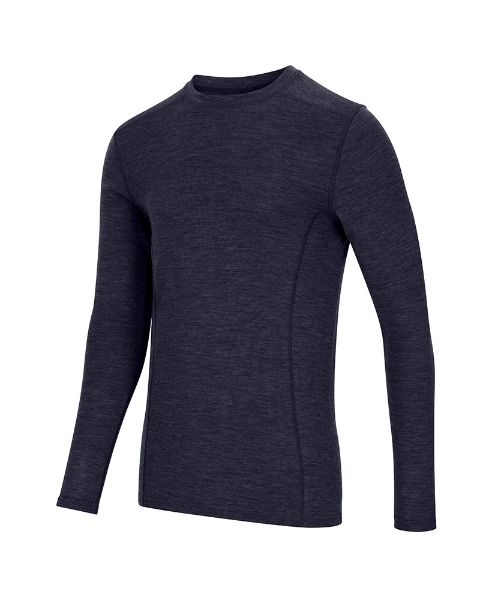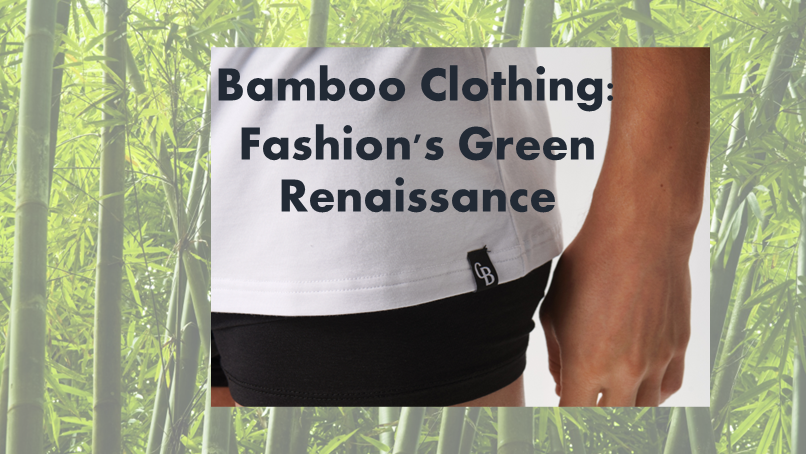Best Bamboo Clothing Blog
Wiki Article
What Are The Advantages Of Base Layers Made From Yak For Winter Sports Clothing?
Yak merino Wool base layers are extremely effective as winter sports clothing, not just because of their performance benefits but also because of the benefits of natural fibers as well as sustainability in the environmental sphere. Biodegradable and renewable-
Merino and Yak wool are both derived from natural fibers. They are renewable resources and can be harvested in a sustainable manner without harming animals. These fibers are biodegradable, which means they are able to can be broken down in nature without causing environmental harm.
Environmental impact is minimal
Natural fibers are generally less harmful to the environment as compared to synthetic materials. Wool production is more environmentally friendly than synthetic fibers as it involves less chemical processes.
Energy Efficiency
Wool fibers are made with less energy as compared to synthetic fibers. The energy required in the manufacturing process of natural wool is significantly lower, contributing to reduced carbon emissions.
Minimized Microplastic Pollution
Natural wool fibers don't pollute lakes with microplastics as do synthetic fibers.
The durability and recycling of Plastics
Yak merino clothing are durable and last for an extended time and are durable. Wool fibers may also be recycled or repurposed in order to decrease the amount of waste.
Sustainable Practices
Manufacturers and producers of wool follow ethical and sustainable practices. They ensure the welfare of their animals as well as responsible land management, as well as fair working conditions for all those throughout the production chain.
Environmental Certification-
The Responsible Wool Standard or the Global Organic Textile Standard, (GOTS) These are both standards that demonstrate ethical and environmentally mindful practices for wool production. These standards provide consumers with a level of assurance on sustainable practices.
In general, yak merino base layers conform to environmental sustainability by being derived from renewable and natural sources with the least environmental impact in production and, often, incorporating ethical and sustainable practices throughout the supply chain. Utilizing natural fibers in winter sports clothes like yak and merino is a way to help support sustainable consumption. View the most popular this site about merino wool base layer for site tips including merino wool mid layer, smartwool 150 base layer, long john merino, mens wool long johns, wool thermals mens, sitka base layers, smartwool merino base layer, first lite merino wool base layer, ski layers, 100 merino wool base layer and more.

What Are Some Benefits That Bamboo Clothing Provides In Regards To Thermal Regulation As Well As Uv Protection?
Bamboo clothing offers many benefits in terms of thermal regulation and UV protection.
Insulation – Bamboo fabric offers natural thermal control properties. It provides warmth and comfort during colder conditions while still remaining cool and breathable. It regulates body temperature by keeping the warmth during cooler temperatures, and allowing ventilation during physical activity to stop overheating.
UV Protection
UV Resistant- The bamboo fabric offers natural protection against harmful UV radiation. It can provide an additional layer to protect against sun damage by blocking an extensive amount of ultraviolet rays.
Biodegradability-
Environmentally friendly- Bamboo clothes are biodegradable. It degrades without harmful residues and does not cause pollution to the environment. This reduces clothing waste and also its impact on the environment.
Environmental Impact-
Sustainability- Bamboo as a raw material is extremely ecologically sustainable. It is a fast-growing tree that doesn't require chemical fertilizers and pesticides. The rapid growth rate of this plant is what makes it a renewable source.
Bamboo is more efficient in water use since it requires less water than other crops, such as cotton. This aspect contributes towards conservation efforts and lessens the strain on water resources.
Soil Conservation
Soil Health: The cultivation of bamboo does not typically deplete soil nutrition or require a lot of irrigation. It contributes to healthier soil conditions and decreases the use of harmful methods for agriculture.
Carbon Sequestration
Carbon Absorption- Bamboo has the capacity to absorb and release CO2 more effectively than other plants. This attribute aids efforts to combat climate change by reducing carbon emissions.
Bamboo clothing's thermal control the ability to regulate temperature, UV protection, biodegradability and positive environmental impact make it a desirable choice for those looking for sustainable and durable clothes. These attributes are in line with environmentally conscious practices that benefit users as well as the environment. Follow the top rated bamboo clothings for website recommendations including bamboo sun hoody, bamboo cotton t shirts, bamboo sweatpants, bamboo button down shirts, bamboo yoga pants, bamboo twirl dress, ladies bamboo tops, bamboo activewear, bamboo mens shirts, bamboo cotton t shirts and more.

What Makes Merino Wool And Bamboo Clothing Distinct From Ordinary Wool?
Merino wool layers, bamboo clothing and regular wool possess distinct characteristics that set them apart- Merino Wool-
Softness- Merino is known for having fine soft fibers, which make it easy to wear. It is less likely that it will cause irritation or itchiness when compared with other types of wool.
Moisture-Wicking- Merino wool is a great fabric with moisture-wicking properties, removing moisture from the skin, allowing it to evaporate and keep the wearer dry and comfortable.
Merino is a great insulation when it is wet. It regulates body's temperature and also provides insulation during cold weather.
Odor Resistance - It's an anti-bacterial ingredient in nature which inhibits the growth of bacteria making clothes fresh and smelling good even after prolonged wear.
Bamboo Clothing
Softness. Bamboo clothing is often compared in feel to cashmere and silk. Bamboo clothing is silky soft on the skin offering a luxurious sensation.
Bamboo fabric has moisture-wicking properties which draw moisture away and keeps you dry.
Temperature Regulation- Bamboo clothing has natural temperature-regulating abilities, offering warmth in winter and breathability to prevent overheating.
Sustainability- Bamboo is an exceptionally renewable resource that is able to grow rapidly without the use of pesticides. Bamboo is biodegradable and has a minimal environmental impact.
Regular Wool
Texture. The traditional wool texture isn't the only one that can be varied. Some types of uncomfortable or itchy textures are more coarse.
Warmth- Wool is a great insulation, but can feel heavy and bulky.
Wool is not as effective as bamboo or merino fabrics in wicking off moisture since it can absorb water. Wool is warm, even when it is damp.
Summary The softness of Merino Wool makes it odor and odor-resistant. It also has an excellent ability to wick moisture. Bamboo clothing offers a silky texture, moisture-wicking abilities as well as temperature regulation and sustainability. Wool has a different texture, and it might not have the same moisture-wicking qualities like merino or bamboo. However, it still provides warmth and insulation. Each material has its own advantages that cater to different needs and requirements for winter clothing. View the most popular merino winter clothing for website examples including cheap merino wool base layer, merino base layer mens, merino wool thermals women's, best merino base layer, merino wool long underwear mens, merino wool underwear womens, smartwool classic thermal, first lite merino wool base layer, merino wool thermals, smartwool merino 250 and more.
